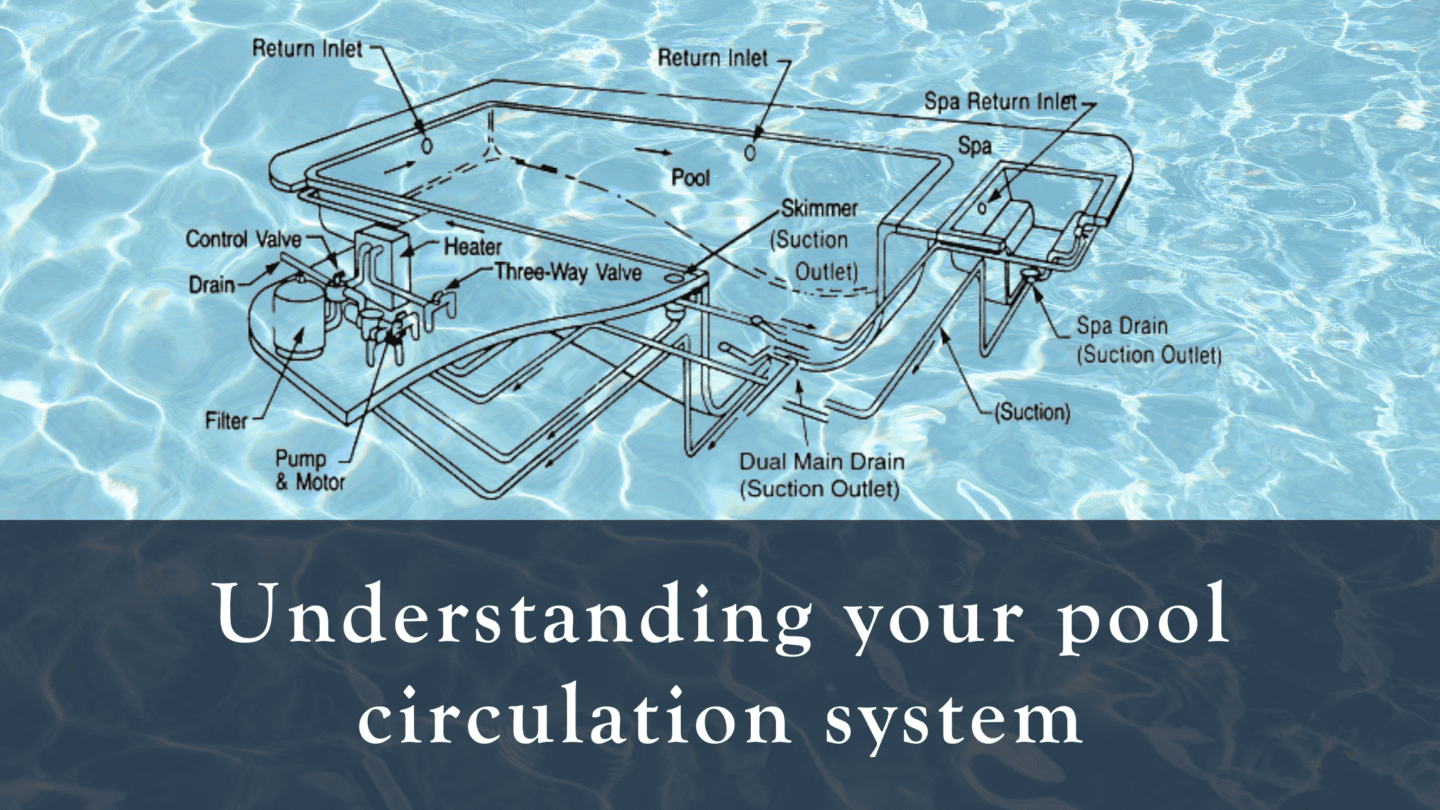The circulation system of your pool is comprised of several parts which keep the water moving and filtering to prevent algae growth and to keep the chemicals from settling. It removes the larger debris as well as the finer particulate matter and system is the key to maintaining crystal-clear water and a safe swimming environment for your family.
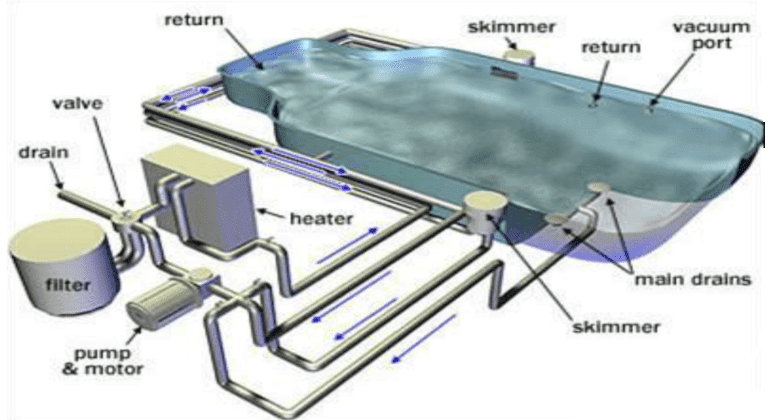
Let’s dive into how it works:
- The pump is your main component that moves the water; it first pulls the water through the skimmer, where the skimmer basket will catch larger debris, such as leaves, before the water enters the pump. If you have ever noticed a “door” in this area, it is called a floating weir. Its job is to go down as the water and debris enter the skimmer and float back up with the movement of the water. When it goes back into the up or closed position, it prevents the debris that has entered the skimmer from going back into the pool, thereby being caught in the basket. Without this door, the debris may not be properly removed from the pool and continuously floats on the top surface of the water until it either sinks to the bottom or is physically removed with a skimmer net.
- The pump also pulls water through the main drains of inground pools. These main drains will remove small particulate matter from the bottom of the pool, but do not remove the larger items such as leaves that have sunk to the bottom of the pool, you will need a deep leaf net or a vacuum to remove these items.
- Once the water leaves the skimmer it goes through the plumbing and into the pump itself. There is a basket also located in the pump which will catch any debris that has managed to bypass the skimmer basket. After this, the pump then pushes the water to the filter.
- The filter can be either a sand filter, cartridge filter or a DE filter (diatomaceous earth). The filter, no matter which type is used, removes the particulate matter from the water and sends it back through the plumbing to the next part of the circulation system. The filter itself has a pressure gauge. This gauge will increase as the amount of particulate matter it is holding increases. Once the pressure has risen 8-10 psi above its normal number you will need to backwash or rinse the filter and begin its cycle again. Look for our blog “Understanding your filter” (coming soon) for more information on the pool filter.
- After leaving the filter the water then travels to your next piece of equipment, if any has been installed, or it will return to the pool.
- These pieces of equipment may include a chlorinator, a salt chlorine generator, a heat pump, a solar heat system, or a Hydrapure system. Although these pieces are not required in the circulation system, they will all do what they need to do as the water is pushed through them before heading back into the pool.
- The return jet is the final part of the cycle the water will go through, this directs the water back into the pool. The return jet has what we refer to as an eyeball which can be moved to adjust the direction of the water flow. It is recommended that this eyeball be put in a position pointing downward at a 45-degree angle directed away from the skimmer. Pointing it downwards ensures it is stirring up the water within the pool body and not just the top surface water. Pointing it away from the skimmer creates a circular motion of the water through the entire pool so it is not just pushing the freshly filtered water back into the circulation system.
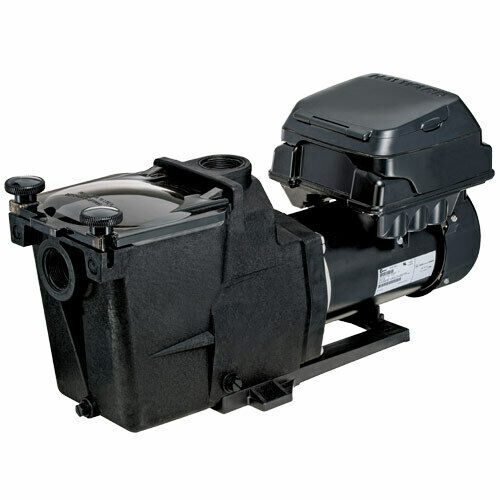
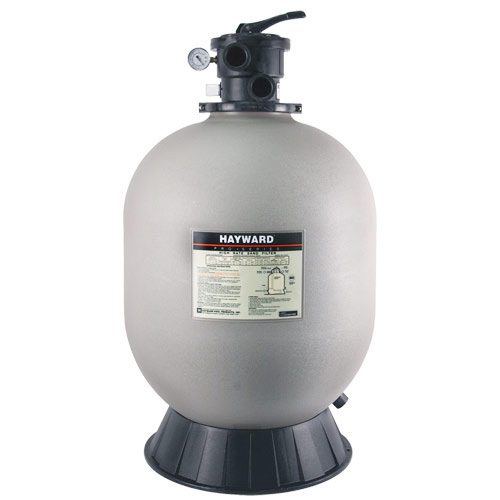
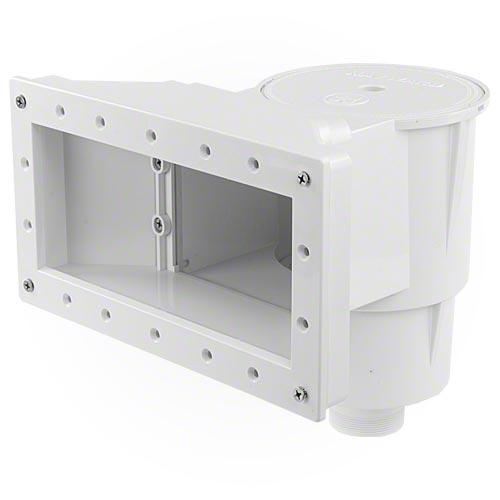
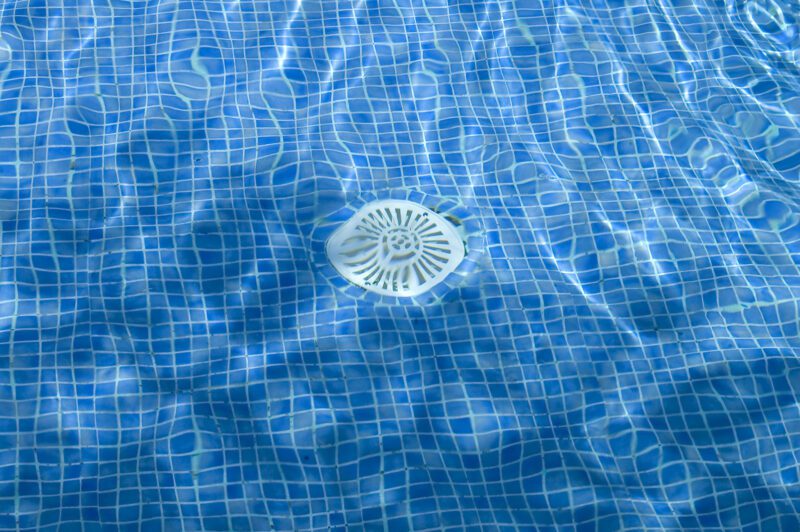
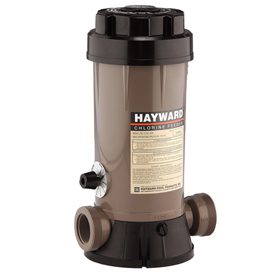
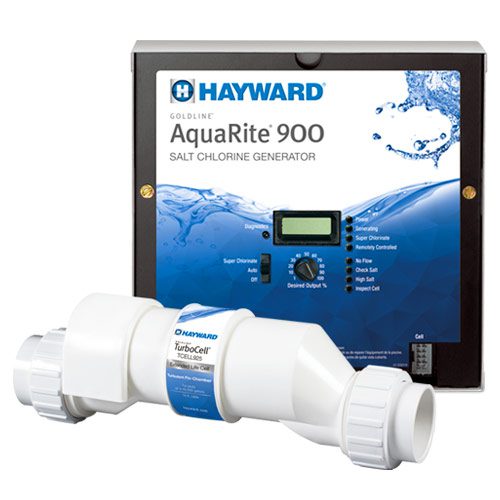
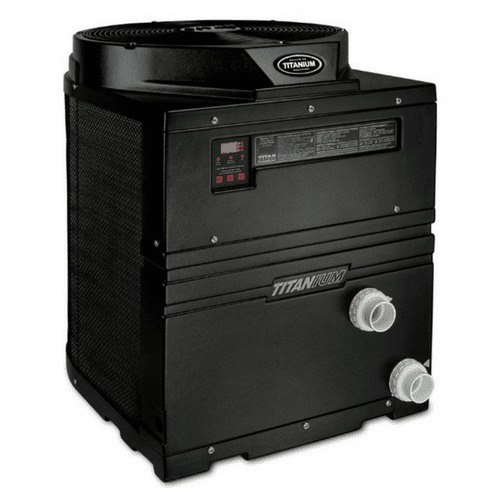
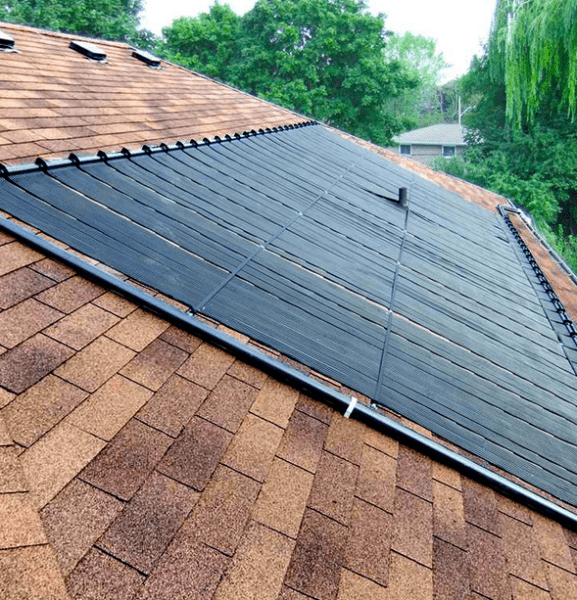
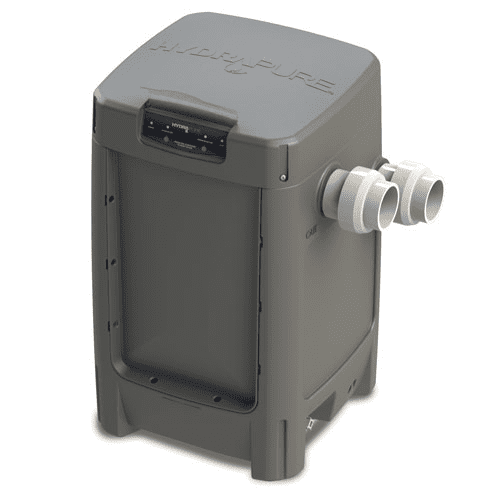
Understanding your pool’s circulation system is essential for efficient operation and maintenance. Need further guidance? Contact your trusted pool professional today for expert advice!” and master your pool’s circulation system for a pristine swimming experience!

